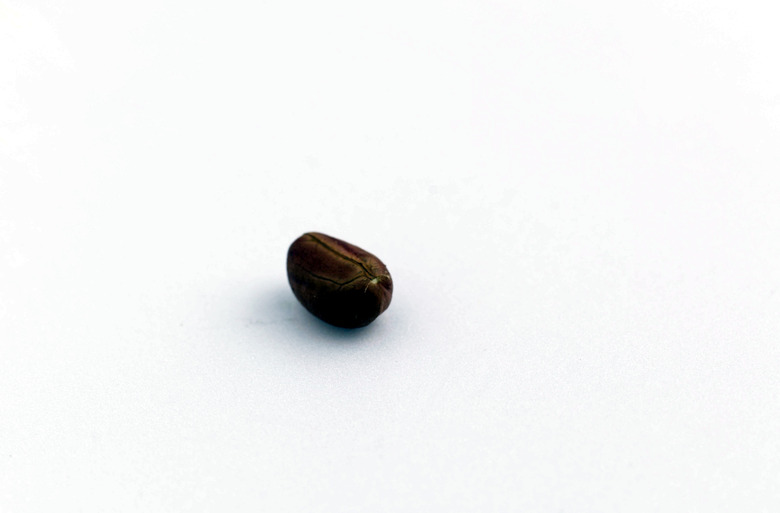The structure of a seed depends on whether it comes from a monocot or dicot plant. A monocot plant has a single seed leaf, which is typically thin and long — same shape as the adult leaf. The two seed leaves, or cotyledons, of a dicot plant are typically rounded and fat. Wheat, oats and barley are monocots, while most garden plants — such as annuals and perennials — are dicots.
The Structure of Monocot and Dicot Seeds
A monocot seed is comprised of three main parts: the embryo, endosperm and seed coat. The embryo is what will mature into a fully grown plant if placed in the right conditions, while the endosperm is a food supply for the developing plant. The seed coating protects the seed from pathogens and insects. In dicot seeds, endosperm is slowly absorbed into the embryonic tissues during seed development. The embryos of both types of seed also have smaller parts that will develop into leaves, stems and roots.

